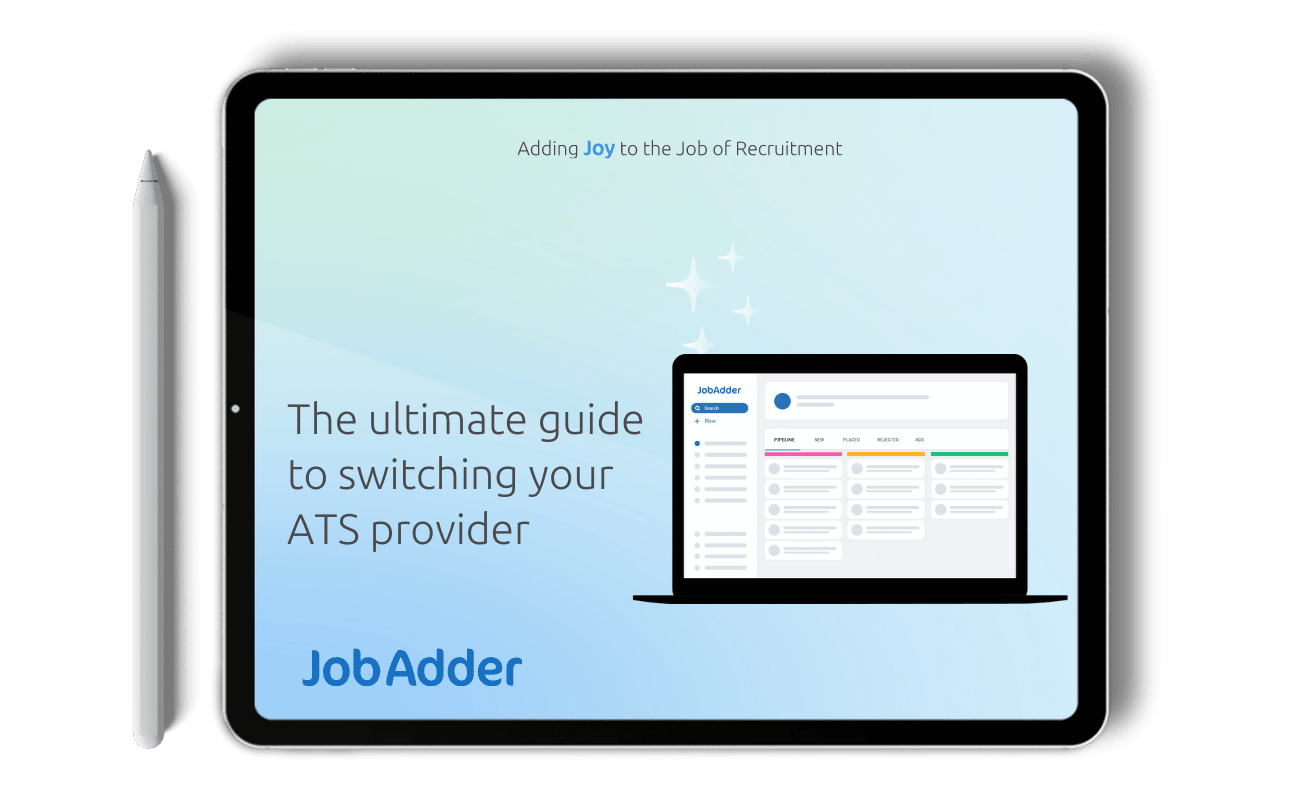Recruitment Blog
How to spot compliance risk across your workforce

Whether you’re a small business or an enterprise-level organisation, a massive part of owning or running an organisation involves ensuring it complies with external and internal regulations and policies to protect it from the risks caused by non-compliance.
Understanding your external and internal compliance obligations and the risks involved is essential for any company. It helps you to put better processes in place to give you peace of mind knowing you are effectively managing your compliance and preventing potential liabilities.
Managing your organisation’s compliance risk will not only help you to make sure you avoid financial and legal implications, but it will also build trust and credibility among your employees and stakeholders. In some instances, where you choose to comply with voluntary regulations, such as environmental sustainability or social responsibility, you can even enhance your brand reputation.
However, before we dig into how to spot compliance risk across your workforce, we will define compliance risk and outline some examples that are often overlooked by organisations.
What is compliance risk?
Compliance risk is defined as an organisation’s potential exposure to legal penalties, financial forfeiture and material loss, resulting from its failure to follow industry laws and regulations, internal policies or best practices. In the most basic sense, it’s the outcome of not adhering to the rules.
Every organisation big and small is exposed to compliance risk, whether they are public or private, for-profit or not-for-profit. Regardless of the type of organisation, failure to comply with laws and regulations can have detrimental effects on your organisation, including loss of revenue, reputation, business opportunities and more.
Examples of compliance risk
Compliance risks can have massive ramifications for your organisation, as it leads your business to fall short of its responsibilities to customers, partners, stakeholders, or investors.
Some examples of compliance risks organisations may experience include:
- Failure to manage and renew qualifications and licenses of employees to ensure only currently qualified and compliant staff are working. These certifications can include first aid, working with children, diplomas and licenses for forklift operation, gaming and liquor and more.
- Risks related to award rate interpretation and compliance, such as ensuring employees are paid as per modern award/legislative pay rules and complying with the way staff can be rostered as per the rules.
- Ensuring your organisation complies to legislated ratios, like educator-to-child ratios in schools and nurse-to-patient ratios in healthcare, as this could detrimentally affect all stakeholders, quality of service and employee satisfaction.
- The potential for health and safety risks associated with overtime, staff fatigue, and rostering compliance.
How to spot compliance risk
Compliance is not something that just happens – it requires organisations, to continually review the current compliance environment. This includes updating processes and practices based on changing laws, industry best practices, implementing policies, and seeing changes through from start to finish.
In most cases, process compliance risk can often be remedied by reviewing your ‘as is’ state, which aims to document how your processes work now, identify areas that are labour intensive or causing problems and highlight any opportunities for updates and streamlining.
Some processes you may want to review during this stage include:
- Rostering
- Time & attendance tracking
- Onboarding and new staff induction
- Leave management and Time Off in Lieu
- Pay rule management and payroll processing
- COVID-19 vaccination tracking
So, just what are you looking for? We have compiled a list of some of the key indicators to look out for:
- Stores, sites or teams exceeding their labour budgets
- Manual data entry
- Paper-based processes
- Number of employees managing these processes
- Excel spreadsheets being used to track anything throughout the process
- Process inefficiency
- Manual rostering and shift filling by managers using calls, SMS or social media
- Employee dissatisfaction about processes
- High error rates in payroll, or staff being paid incorrectly
While you’re conducting your audit, always ensure you look at the bigger picture by speaking with leadership teams and employees of all levels – from managers to frontline staff. You might be surprised at the types of insights you’ll get from different teams.
Managing compliance risk
Ensuring compliance across your workforce is no easy task, which is why organisations are turning to workforce management software.
Ento’s dedicated cloud-based platform makes easy work of managing compliance by empowering businesses to be proactive in tracking, monitoring and reporting.
There are many ways workforce management software can help your business stay compliant. Whether you’re automating workflows to share policies with staff, configuring business rules so only currently qualified staff can be rostered, or collecting employee vaccination status updates, Ento automates these processes for you.
Want to learn more about how Ento can help your business? Book a demo to explore our platform today.
We like to host guest blogs from our expert integration partners so you’ll find that this blog was originally published by Ento here.
Not sure what’s involved in switching your ATS? Download our step-by-step guide.

Related blog posts

To excel in the competition for top talent, proactive workforce planning is essential. Traditional methods struggle to adapt to evolving …
Ready to get started?
Talk to one of our friendly team members


